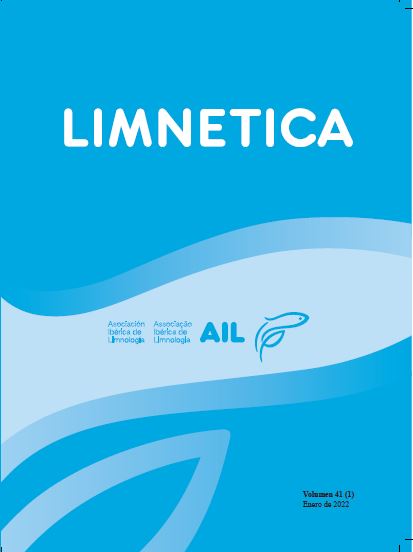Taxonomic and functional structure of aquatic insect assemblages in headwaters from upland grasslands (Córdoba, Argentina)
Abstract
Although headwater streams play a key role in drainage catchments, they are among the most threatened habitats on earth. Natural open-canopy headwaters, in particular, have received little research attention in contrast to the most worldwide studied forested catchments. Then, the aim of this study was to assess the taxonomic and functional structure of insect assemblages in grassland headwaters contrasting three different habitats in two hydrological periods. Functional composition was quantified considering trophic and habit traits. We assessed the degree of assemblage overlapping among three habitat units (riffles, pools and macrophyte patches) and the differences in taxonomic and functional metrics among these stream habitats. Assemblages in macrophytes and riffles were rather overlapped and separated from the assemblage in pools. Macrophyte patches held the greatest insect abundance but richness and diversity were higher in riffles. Functional richness and diversity followed the same pattern found for the taxonomic analysis: higher in riffles, intermediate in macrophytes and lower in pools. The multivariate approach performed with functional groups concurred with the taxonomic analysis, being assemblages functionally different among habitats. Assemblages were dominated by gathering collectors, but the combined analysis of trophic and habit traits allowed disentangling the use of different habitats since collectors were mainly clingers in riffles and sprawlers in pools and macrophyte patches. Habitat characteristics affected the dominant habit within gathering collectors, with potential consequences for ecosystem processes (e.g. processing rates of fine organic material). This study provides valuable information on the taxonomic and functional structure of the insect community in grassland headwaters that can be useful for stream management and conservation.
Downloads
Published
Issue
Section
License
Authors publishing in the journal agree to the following terms
Limnetica is licensed under a Creative Commons Attribution-NonCommercial 4.0 International License.


